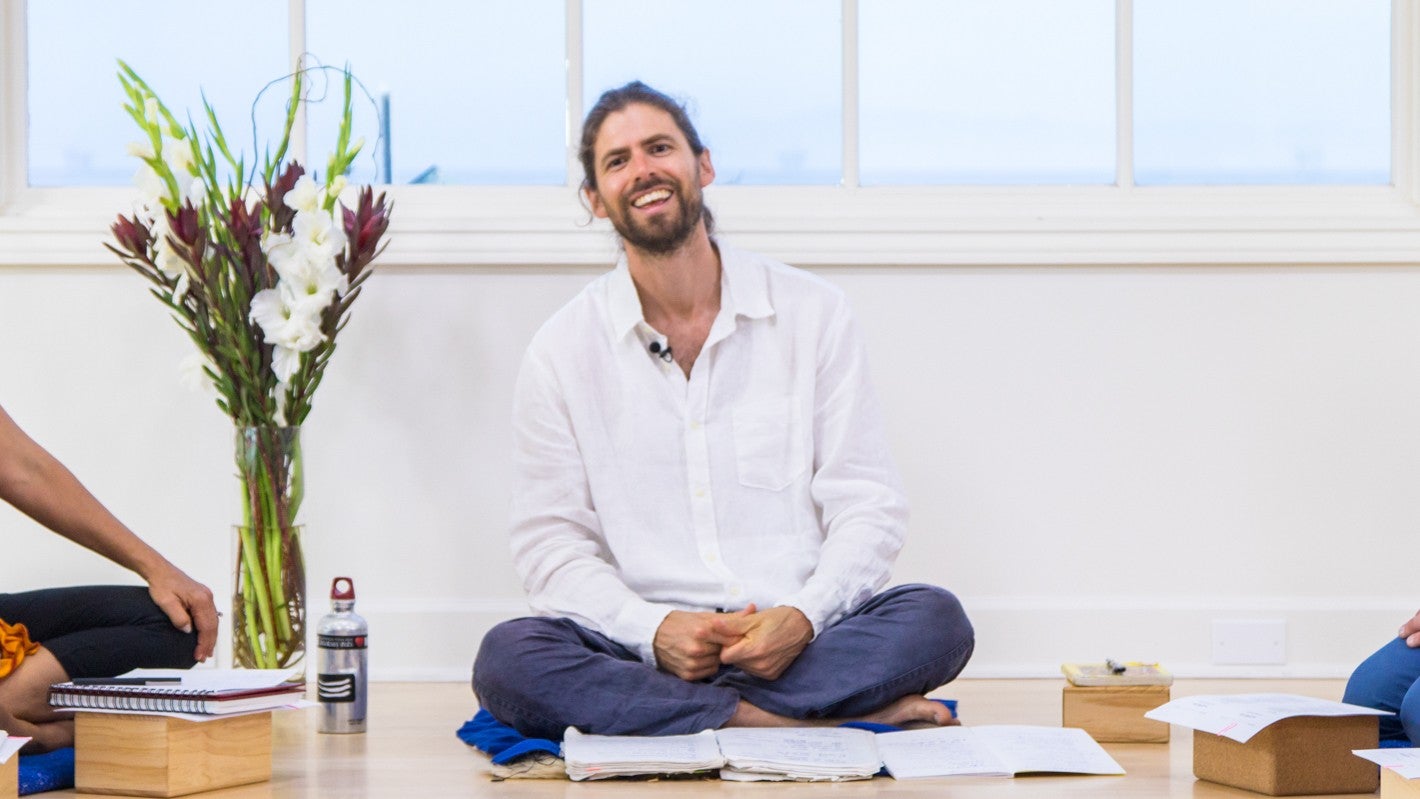How to Progress in Your Home Yoga Practice
One of the primary teachings of yoga is that each of us is already perfect as we are; we simply are not aware of this truth. Turns out that there is a lot of work to understand and withstand this reality.
The tricky business of progress within yoga is that we confuse proficiency with the techniques of yoga, with the state of Yoga.
Since the state of Yoga cannot really be described, only experienced, we get a multitude of definitions attempting to point us towards understanding. A primary one from Patanjali’s Yoga Sutras, ~ 400BCE, is, “Yoga is the stilling of the fluctuations of the mind” (PYS 1.2). One of my personal favorites from Shiva Sutras, 9th Century CE, is, “Wonder is the foundation of yoga” (SS 1.12). And from the Bhagavad Gita, ~ 5th century CE, “Yoga is skill in action” (BG 2.50).
None of these early definitions make any mention of arm balances, core strength, flexible hamstrings, or open hips. The mark of progress in yoga in these definitions is an open mind, expansive curiosity, and acceptance of oneself, so why all the emphasis on bending over and deep breathing? Well, it turns out that our bodies are one of our greatest vehicles and tools for transformation. Generally, we all have a body, and the intimacy of the feedback mechanism is personal, immediate, and usually reliable. It is not about the accomplishment of the postures so much as relationship we are cultivating as we sit within the shapes.
The texts have provided us with some guidance toward how we might hone our experience of Yoga. Here are some of the suggestions:
- Equal parts diligent attentive practice and surrender are required [for Yoga]. (PYS 1.12)
- Let the posture be a balance of effort and ease. (PYS 2.46)
- Struggle without agitation. (BG 3.30)
- Find the teacher or teachers with whom you resonate most.
- Immerse yourself in their shows or seasons of shows, watching everything, including the talks.
- Use the comments section to connect directly with the teachers, and ask questions.
- Certain practices will start to feel like your favorite. Repeat these so it is easier to witness your mastery of yourself in the practice.
- Let your questions guide your study, and when you come across stuck places, search the site and elsewhere online for assistance.
- Read “Am I Doing Yoga Right?" to get more tips on the art of reading internal feedback.
- Relax, and know that the practices of yoga are more magical than any of us could possibly explain. They will take care of you as long as you show up.
Comments
You need to be a subscriber to post a comment.
Please Log In or Create an Account to start your free trial.



















